- Year 10
- AQA
- Higher
Measuring instantaneous speed practical (v = s ÷ t)
I can accurately measure the instantaneous speed of a dynamics trolley.
- Year 10
- AQA
- Higher
Measuring instantaneous speed practical (v = s ÷ t)
I can accurately measure the instantaneous speed of a dynamics trolley.
These resources will be removed by end of Summer Term 2025.
Switch to our new teaching resources now - designed by teachers and leading subject experts, and tested in classrooms.
These resources were created for remote use during the pandemic and are not designed for classroom teaching.
Lesson details
Key learning points
- A dynamics trolley speeds up (accelerates) along the whole length of a steep ramp.
- Instantaneous speed is the average speed over a very short time period.
- Instantaneous speed can be estimated by measuring movement in a small time period.
- Anomalous readings should be repeated and replaced or removed from sets of repeat readings.
Keywords
Dynamics trolley - A dynamics trolley is a wheeled device used in experiments to study motion, designed to move smoothly over flat surfaces.
Average speed - The average speed of an object is the total distance travelled divided by the total time taken for a journey.
Instantaneous speed - The instantaneous speed of an object is its speed at a specific moment in time.
Anomalous reading - An anomalous reading is a result that is significantly outside the expected pattern in a set of results.
Common misconception
When the trolley is released, it speeds up quickly at the start and then rolls at a constant speed.
Show a video of an accelerating trolley in slow motion identifying the distance travelled in successive equal intervals of time.
To help you plan your year 10 physics lesson on: Measuring instantaneous speed practical (v = s ÷ t), download all teaching resources for free and adapt to suit your pupils' needs...
To help you plan your year 10 physics lesson on: Measuring instantaneous speed practical (v = s ÷ t), download all teaching resources for free and adapt to suit your pupils' needs.
The starter quiz will activate and check your pupils' prior knowledge, with versions available both with and without answers in PDF format.
We use learning cycles to break down learning into key concepts or ideas linked to the learning outcome. Each learning cycle features explanations with checks for understanding and practice tasks with feedback. All of this is found in our slide decks, ready for you to download and edit. The practice tasks are also available as printable worksheets and some lessons have additional materials with extra material you might need for teaching the lesson.
The assessment exit quiz will test your pupils' understanding of the key learning points.
Our video is a tool for planning, showing how other teachers might teach the lesson, offering helpful tips, modelled explanations and inspiration for your own delivery in the classroom. Plus, you can set it as homework or revision for pupils and keep their learning on track by sharing an online pupil version of this lesson.
Explore more key stage 4 physics lessons from the Measuring and calculating motion unit, dive into the full secondary physics curriculum, or learn more about lesson planning.

Equipment
Content guidance
- Risk assessment required - equipment
Supervision
Adult supervision required
Licence
Prior knowledge starter quiz
6 Questions
Q1.Izzy rode her bike for 3 hours and travelled 45 kilometres.
What was her average speed?
Q2.Lucas rides his bike for 4 hours with an average speed of 15 km/h. He travelled at a speed of 10 km/h for the first two hours.
What speed must he have been travelling at for the last two hours?
Q3.Which of the graphs shows an object moving with increasing speed (accelerating)?
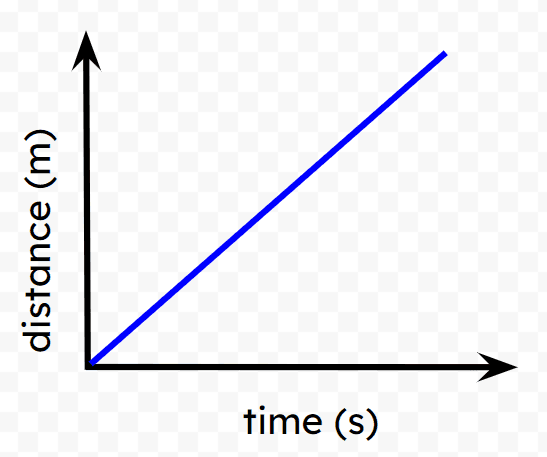
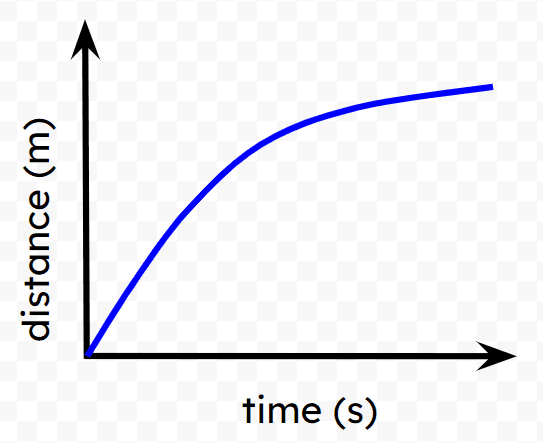
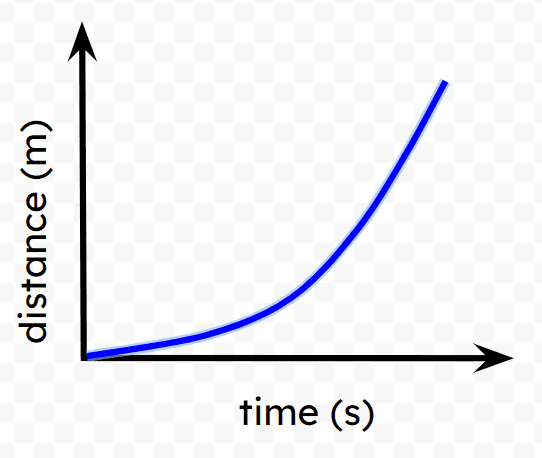
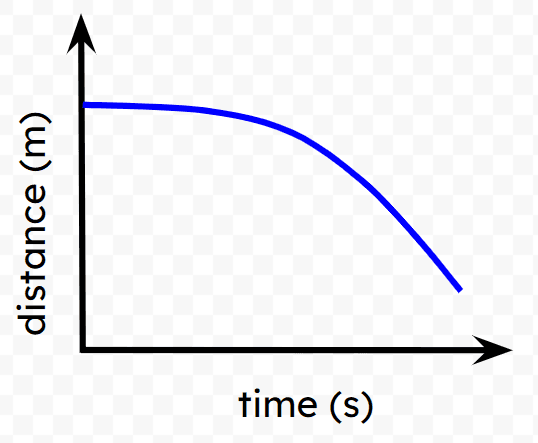
Q4.Andeep ran 20 metres in 5 seconds then slowed down and walked 5 metres in the next 5 seconds.
What was his average speed for the first 5 seconds?
Q5.Andeep ran 20 metres in 5 seconds then slowed down and walked 5 metres in the next 5 seconds.
What was his average speed for the whole 10 seconds?
Q6.Aisha cycles to school three days in a row. Her speeds are shown on the bar chart.
What is her average speed for the journey to school?
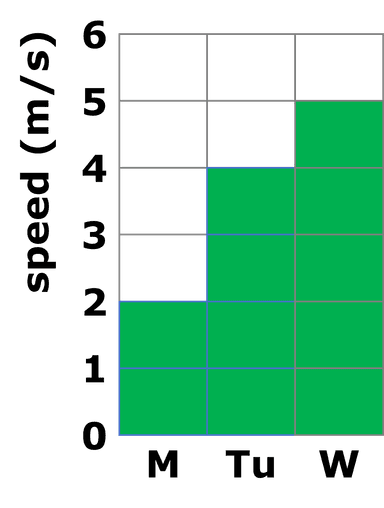
Assessment exit quiz
6 Questions
Q1.Match the key words or phrases to their definitions.
the total distance travelled divided by the time taken
the speed of an object at a particular moment
a wheeled object used in motion experiments
a result which does not fit the pattern of a set of results


